Kalista DreamPlay XC, SACD/CD Player, Streamer, Digital Volume Control with Elektra Power Supply
For many years Art Dudley was the best writer in our business. Highly knowledgeable, funny and insightful. Sadly, Art died in 2020 after a short battle with cancer. He has been greatly missed in our community. Although open to all things audiophile, Art was a vinyl and tube enthusiast (idler-drive turntables, Shindo tube preamps and amps, and his beloved DeVore Fidelity loudspeakers). So it was with some interest that I read he once reviewed a super-fancy, costly CD player from then-newcomer Kalista, a brand of France’s Métronome Technologie.
His 2018 Stereophile review piqued my interest in both Métronome Technologie and Kalista. We have reviewed several Métronome pieces since then, and I thought it was time to give the company’s top Kalista a listen: the fully featured DreamPlay XC, SACD/CD Player, Streamer, Digital Volume Control with Elektra Power Supply (USD 82,000).
No surprise, despite Art’s vintage, tube and vinyl predilections, he loved the digital Kalista. I was pleased with the company’s Métronome AQWO 2 Hybrid DAC + SACD/CD + Streamer, and I was hoping for the same reaction to the DreamPlay XC and that Art had in his 2018 Kalista review.
Art reviewed the Kalista DreamPlay One CD Player—my model, the XC, is the latest from Kalista, which includes transport, DAC, streamer, digital volume control, and a separate power supply.
I’d like to thank Wynn Wong, distributor, for shipping the two large boxes across the country to the island. And also to Jean Marie Clauzel, owner of Métronome Technologie.
Two finish choices, Black Pearl above and my unit in the Diamond Finish (see photo at top of review).
My Use
The units were shipped in two purpose-built, heavy-duty, double cardboard boxes. Everything arrived safe and sound. As you’d expect at USD 82,000, the fit and finish of both pieces of kit was well-nigh perfect (the components of the electronic boards are hand-soldered and the devices are assembled in Métronome Technologie’s workshop by Kalista technicians). The main CD unit follows Kalista’s modernist aesthetic, gleaming and beautiful in either Black Pearl (see photo above) or Diamond finish. A veritable space station of acrylic and aluminum. Stunning!
The setup was simple; Kalista supplied the umbilical cord between the Elektra Power Supply and the Player, as well as the connection between the Player and my MBL N51 Integrated Amplifier. A solid power cord was supplied; instead, I used an Ansuz C2 Power Cable. The unit offers a digital volume control (more about the preamp function below).
The Kalista’s touchscreens are already legendary. Small and round—the screen was exceptional (3 inches with a resolution of 432 x 432). Stylish, clear and very functional, as was the solid metal remote control. The screen’s font is quite large and easy to read from your listening chair. Up close? The touch screen is very sensitive. And the circular scrolling between menu items is very cool.
When I got to the Internal Digital Filter choice in the DAC menu (see photo below), I left it at the “Linear Phase Fast” choice. I’ve found this was the most natural-sounding filter for my tastes. I left it at that setting for the review period. But digitalphiles will have fun experimenting.
I used a standard Ethernet cable for a streaming connection to my network. I’m sure the exceptional streaming performance may be improved even more with an upgraded audiophile cable.
Kalista uses a puck to stabilize the disc. The large slider cover’s movement is silky and when closed, the disc is ready to play in an instant. And in absolute silence. You cannot hear any CD mechanical sounds.
This jack of all trades and master of them all may also be used as a digital volume control preamp by plugging directly into an amp. Fewer boxes and cables. I’m very particular about my full-featured integrated, so I did not use the Leedh Processing option (Leedh Processing focuses on lossless digital volume control, ensuring minimal information loss when adjusting the volume of a digital audio signal). But those wishing to use fewer boxes and are inclined to that sound have the option. But my experiences with this marvel of a machine, in use as a CD player, SACD player and streamer, were exhilarating. By far, the best digital I’ve used in my system.
Specifications
Power consumption: 25 Watts
Standby power consumption: 20 Watts
Weight: 17 kg (drive) – 22 Kg (Elektra)
Dimensions: 445 x 125 x 420 mm (drive) – 160 x 440 x 430 mm (Elektra)
Digital intputs: S/PDIF – AES/EBU – I2S – Toslink – USB
Analog outputs: RCA – XLR
Player: CD/SACD
D/A converter: ESS Sabre ES9038PRO. All audio files
Elektra Power Supply
Wynn Wong kindly shipped the Elektra Power Supply in addition to the player. It’s a large standalone, dual power supply giving the player “an unprecedented level of stability and performance”. It isolates the player from power fluctuations, interference, and allows the player a super clean slate, ensuring signal integrity and clarity. The Elektra was silent, ran at room temperature and surely did “no harm”. Large, powerful, effective, silent. Just what the digital doctor ordered. Hook up the umbilical and power cord, then switch on the rear rocker. That’s it.
Streaming Sound
For the review listening, I used Qobuz, primarily HiRes files. Access is by the Connect app downloaded from the App Store. The app recognized the Kalista immediately, and I was streaming in seconds.
Streaming sound can be a challenge to review—I have lots of baggage from cheap and cheerful streamers that were functional but sounded rough and ready. Not so the Kalista. I did tend to the remarkable CD/SACD playback, but those who prefer to stream will find the Kalista’s tonal lustre and rich playback very enticing.
Unless you send in a reminder, Qobuz shuts down press accounts and allows only 30 seconds of a given track in the lowest resolution. I did not realize this until the track cut out. But the sound of Guilini and the Philharmonia playing Brahms’ Symphony No. 1 was surprising. The Kalista deciphered the basic file, and it sounded musical, rich and dynamic. When I got Qobuz sorted, wow, the extra refinement from HiRes files and the intricate details heard were outstanding. Kalista makes streaming not only a smorgasbord of choice, but it elevates it into an audiophile experience. You will not be at the audiophile children’s table if streaming is an equal partner to your CD/SACD playback. It was very impressive. More importantly, very musically satisfying on all sorts of repertoire.
I’ve reviewed streaming gear with ancillaries up to 50K. The Kalista was superior. If you’re a streamer, you must audition the DreamPlay XC. It has a richness and immediacy that could win over even the hardest vinyl heart.
The Kalista processes PCM up to 384kHz and DSD up to DSD256. The network streaming functionality accesses TIDAL, Qobuz, Spotify Connect, and internet radio. It’s Certified for Roon Ready and compatible with DLNA/UPnP.
SA/CD Sound
As on the Métronome AQWO 2 Hybrid DAC + SACD/CD + Streamer, the Kalista’s CD/SACD playback is what I was most interested in.
The Kalista machine was a reviewer’s dream as I could switch between the CD layer and SACD layer on the fly with the remote. So, I began the journey with the recent Reference Recordings’ Bruckner Symphony No. 7, conducted by Manfred Honeck with the Pittsburgh Symphony Orchestra. It’s a glorious performance and recording; I’ve not been a fan of all Honeck’s work, but he is a masterful Brucknerian.
At the opening, the cellos present a beautiful rising theme joined by a solo horn that enhances the cello sound to perfection (see score below). The cello sound on the XC was magnificent on both layers, with the HiRes layer pipping the standard layer as it gave the melody slightly more “lift” by adding more air around the cello section. But on this recording, at least, when the original recording is so superb, either layer will get you where you need to go. But if you have the Kalista, you’ll be taking digital to the edge of its present universe.
The Kalista performs its duties in absolute silence, so each instrument or voice sits perfectly in a well-recorded soundstage. Dynamics are feather-like to crushing. The volume will be your choice, but nothing goes amiss. Be tweeter and woofer warned.
The overall sound on well-recorded SA/CDs is organic (I try not to use that descriptor, but it does a good, overall job and gives you guys a good read on the sound). Two-dimensional digital sound is a thing of the past, even with inexpensive players, but the temporal space and ethereal dimensionality the XC playback offers is extraordinary. Yes, piano pitch is perfect and voices float effortlessly on well recorded discs.
For a serious deep dive I chose one of my own recordings—a disc of Sammy Nestico arrangements of classical favourites, originally written for the US Marine Orchestra, The President’s Own. They’re superb arrangements and by all accounts Sammy was thrilled with the result. The CD is called Swingphonic by Windjammers and is long out of print. We recorded it at Chelsea Road Studios in Toronto with the very best Toronto freelancers and with Grammy winning engineers.
Also available in this custom finish.
I had not heard the CD for a while—last time on my MBL. I was stunned at the Kalista playback. I’ve heard the CD hundreds of times, but not like this. The specificity of imaging was extraordinary; I was back in the studio surrounded by the cream of Toronto freelancers. The Kalista seems to rustle up every molecule of air that was in the space and enhances the soundstage and the timbral accuracy of instruments (and voices). I’ve never heard my Scheherazade flute solos sound so realistic. Damn, the Kalista is my new best friend! The solo oboe and clarinet receive the same glorious treatment.
To hear how the XC treated voices, I threw on the new ESOTERIC SA/CD of HOMAGE TO GERALD MOORE with Gerald Moore, Piano, Victoria de los Angeles, Soprano, Elisabeth Schwarzkopf, Soprano, Dietrich Fischer-Dieskau, baritone. ESOTERIC remasterings are legendary and this double live album is no different. Schwarzkopf, de los Angeles, and Fischer-Dieskau sound beautiful, with each of their unique musical personalities on display. Lesser players would give a good account of the voices within the Royal Festival Hall acoustic, but the Kalista’s performance lays everything in beautiful detail. It’s not clinical, it’s not an x-Ray, and the voices are fleshed out just as on my MBL, but the XC gives you the artists’ musical intent; the to and fro beteeen the famous accompanist Gerald Moore and the singers. Once again, the SA/CD layer had a little more of the atmosphere, the event, than the standard layer. But both are captured to perfection by this magnificent machine.
Summary
I haven’t heard the new dCS Varese components (USD 276,000) but I’ve listened to Wadax gear at length (the five chassis set is USD 376,000), both of which are manufacturers of famously brilliant digital gear. Benchmarks. I’d add the Kalista DreamPlay XC, SACD/CD Player, Streamer, Digital Volume Control with Elektra Power Supply (USD 82,000) to this exclusive list. Not only does it feature world-class SA/CD playback, but it also streams like a dream with an outstanding DAC. Additionally, it offers other useful functionalities that audiophiles will love. It’s a one-box (actually, two with the Elektra) music dream machine. If you’re mulling Wadax or dCS, you gotta hear the Kalista. Very highly recommended.
Further information: Kalista Audio

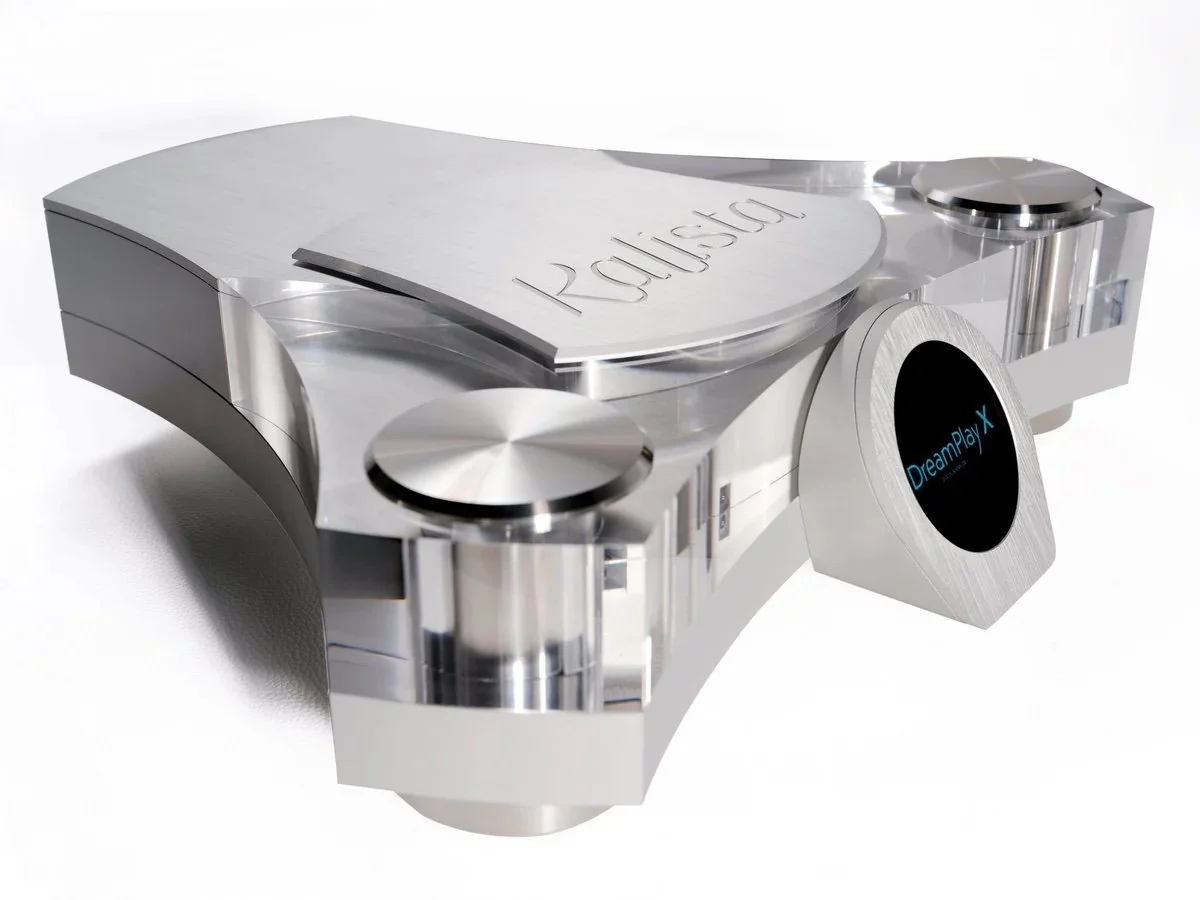


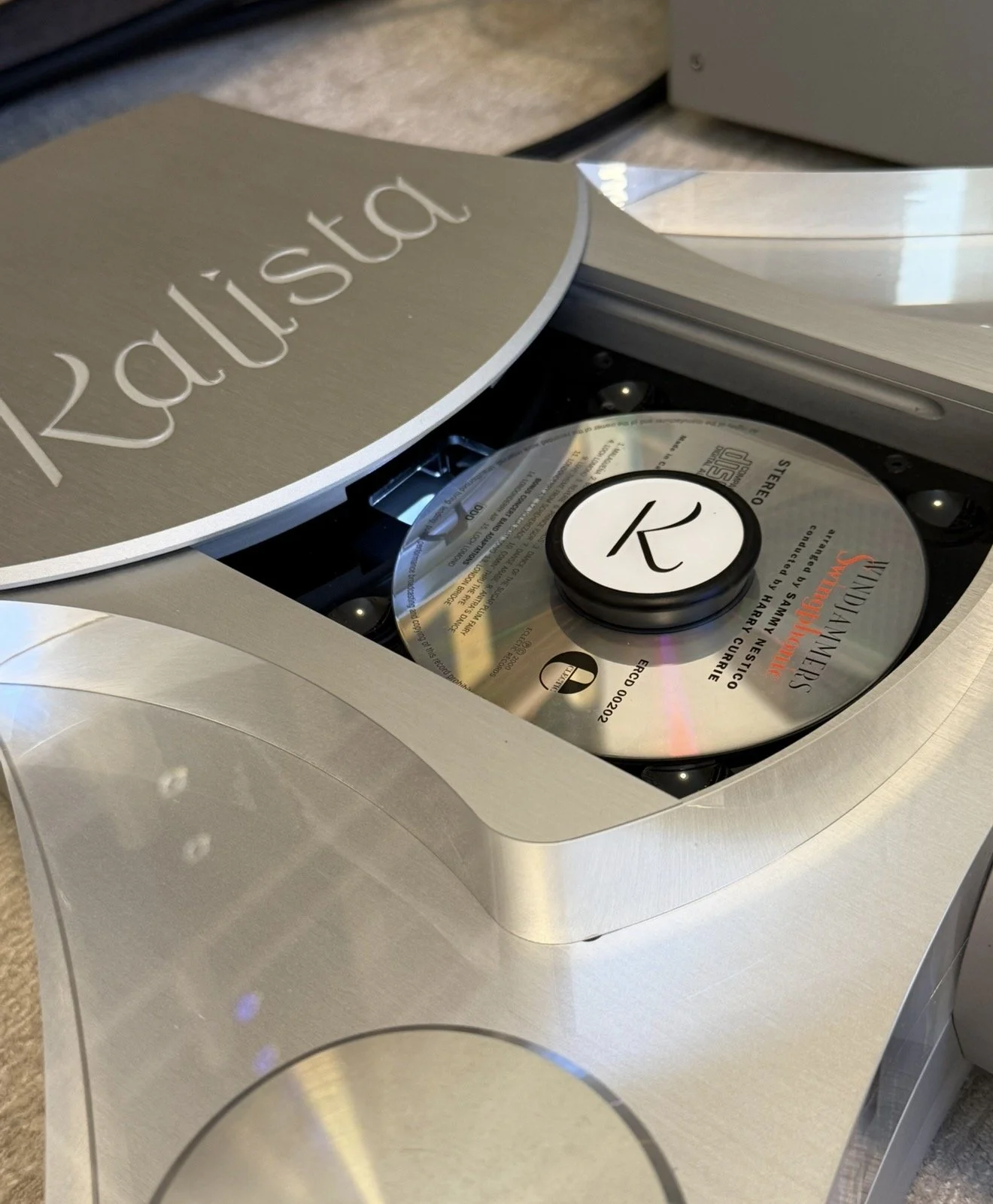

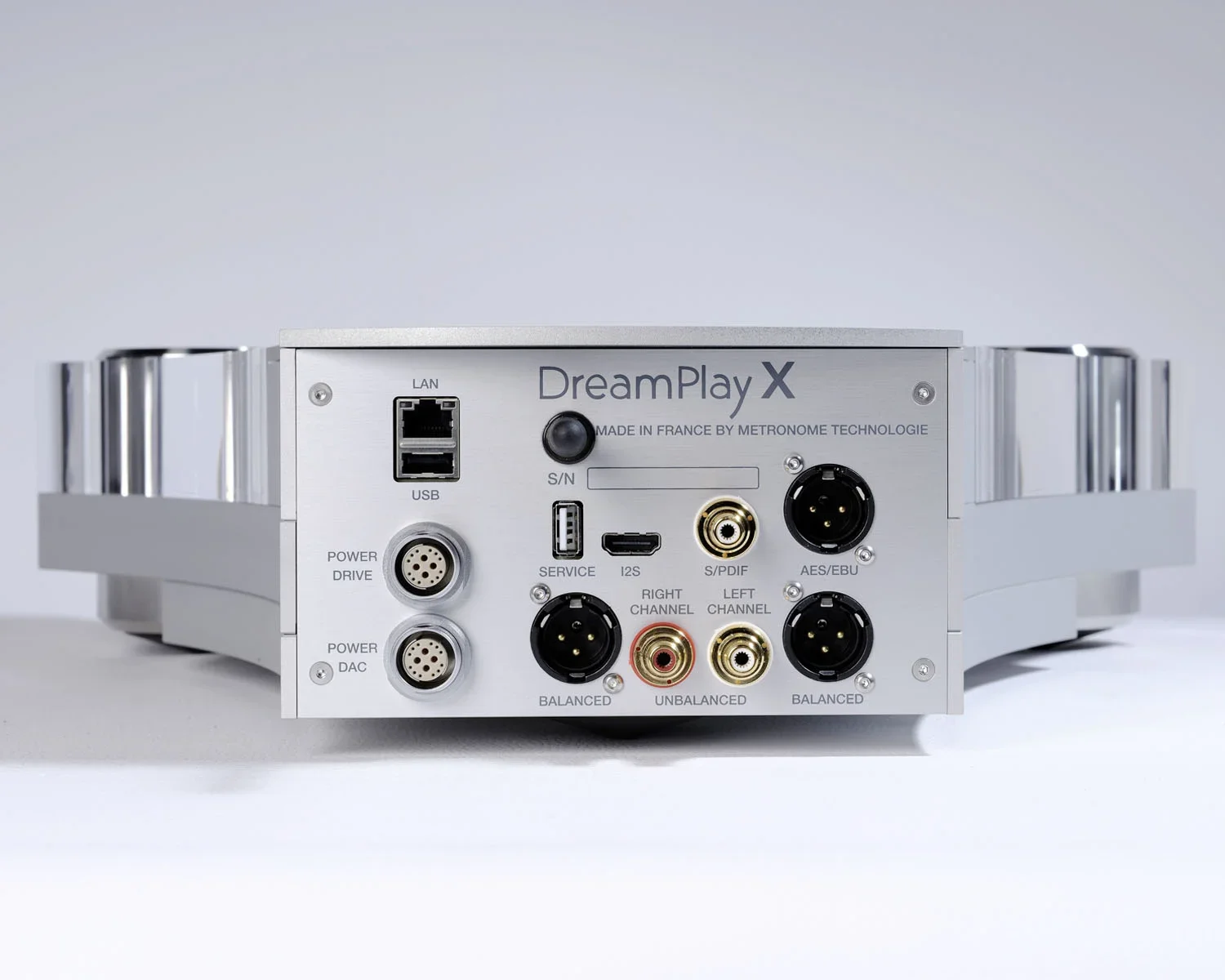

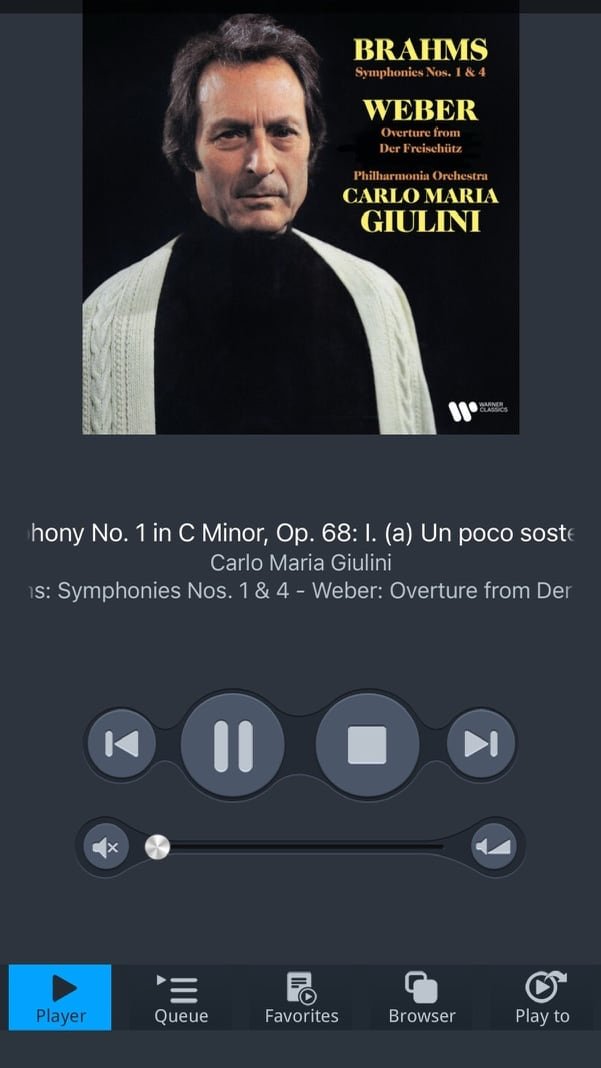
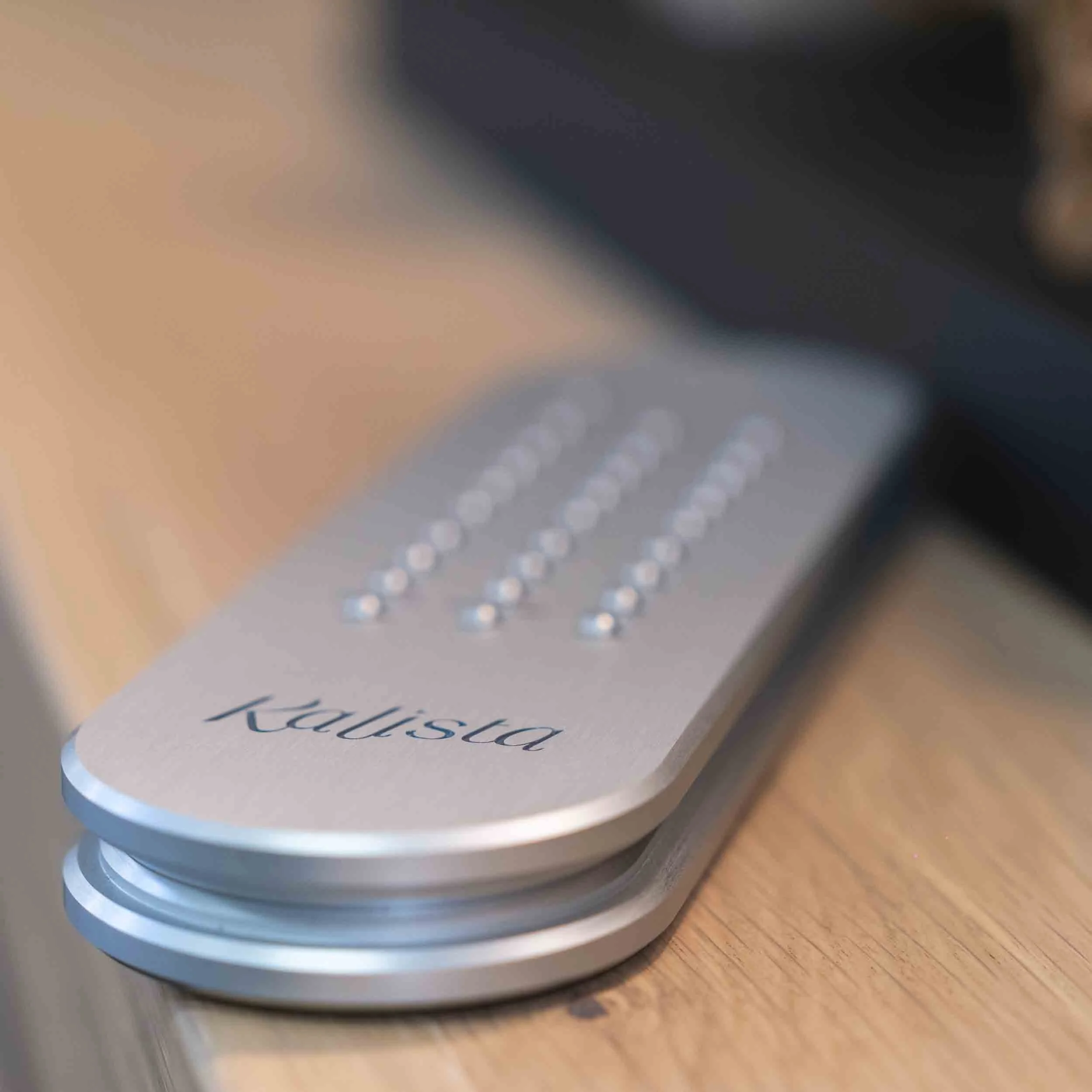

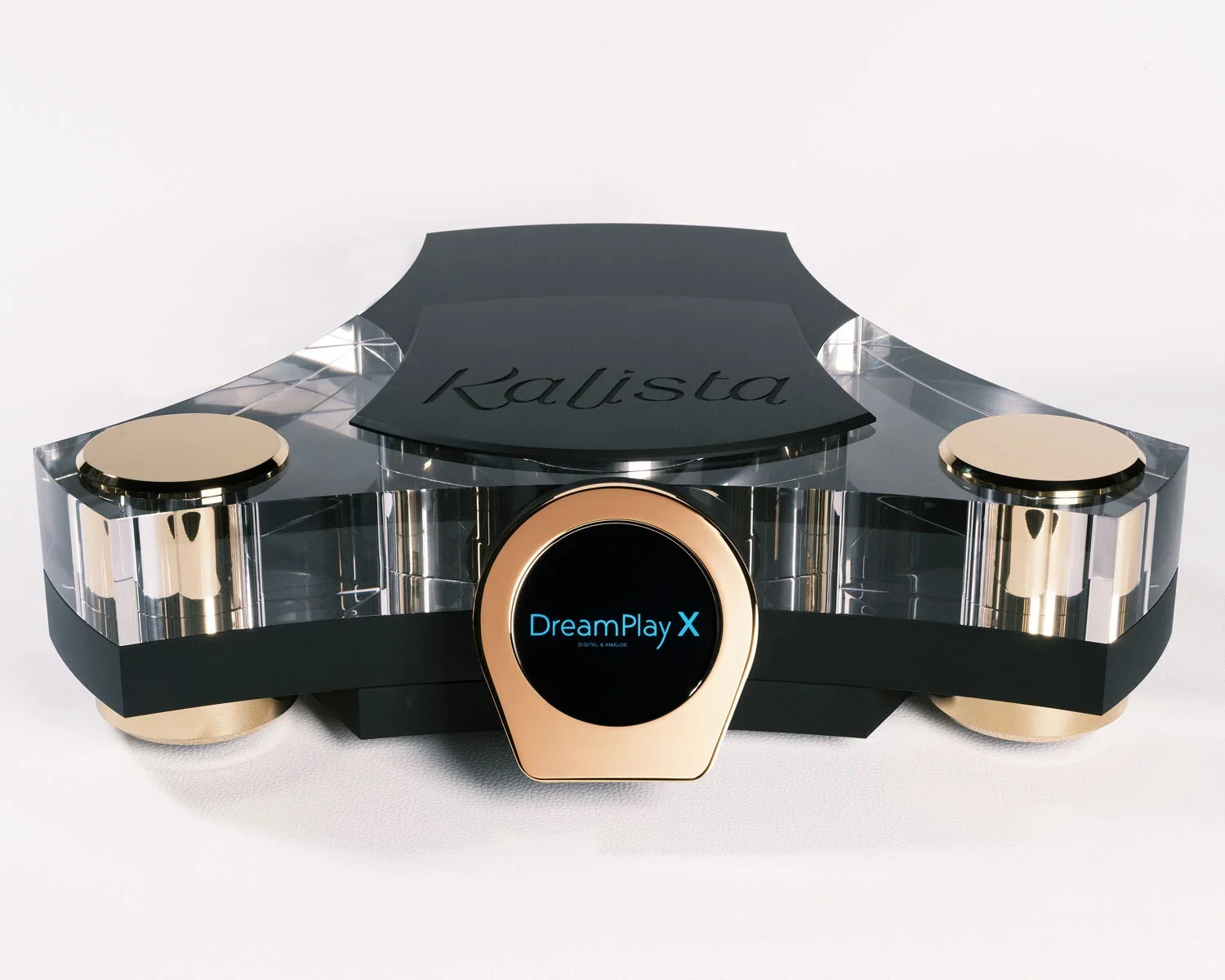



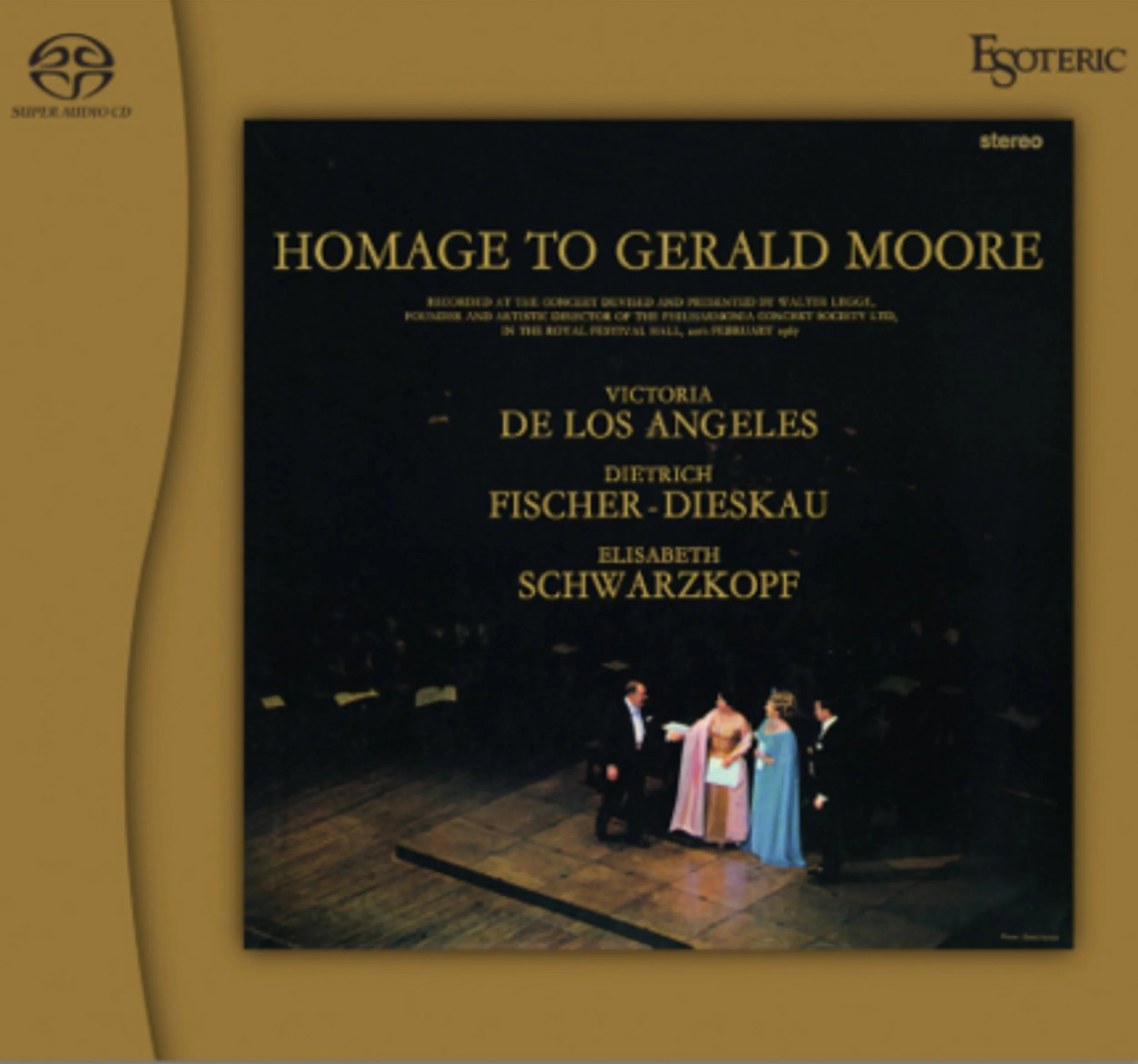
![Joan Baez: Farewell, Angelina—Craft/Vanguard Vinyl Reissue [2025]](https://images.squarespace-cdn.com/content/v1/55787f0ae4b02f0501debbeb/1759689924262-3OTRHY1ABT6M6I1QOAWT/IMG_2739.jpeg)
